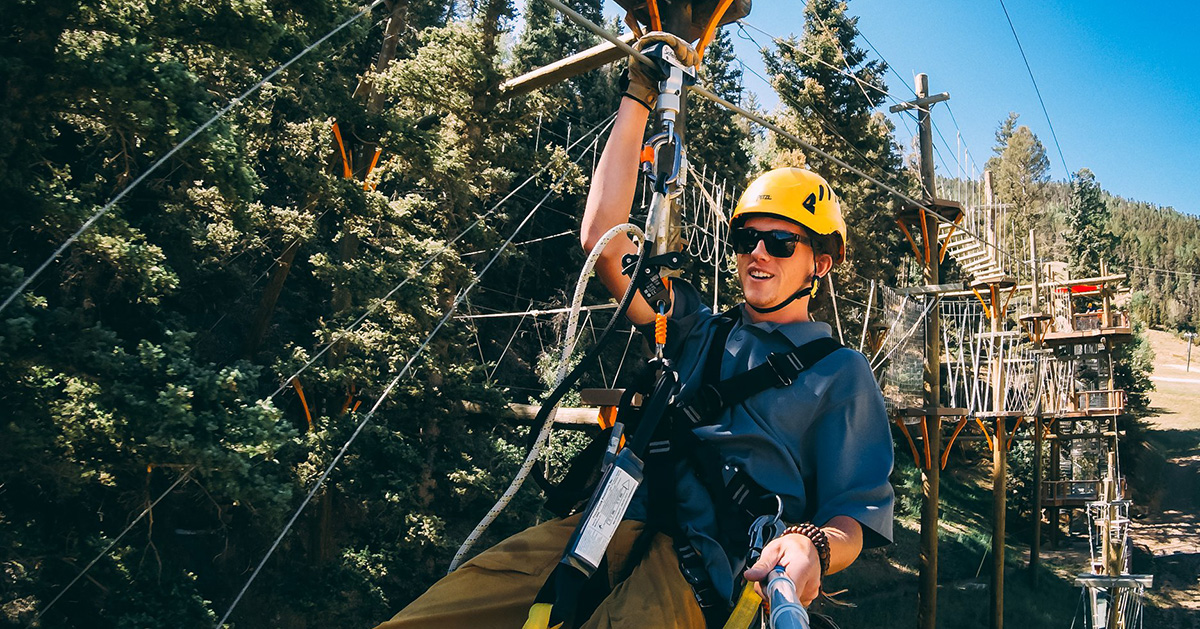
Bearings are a little component of our new zip line trolleys, but they are one of the most critical. Each trolley in the new LightSpeed EZ Clip Zip Line Trolley and LightSpeed Micro Zip Line Trolley has four ABEC certified bearings. These quality bearings extend the life of the trolley, allow for higher line speeds, and provide a smooth trip along the line.
Bearings are one of the first things to break in other trolleys, and they’re frequently the reason zip line trolleys have to be retired. Our engineers went above and above the call of duty, providing high-quality bearings for our new zip line trolleys that will last longer. Continue reading to see why bearings are vital for zip line trolleys and how our bearings improve our trolleys.
What is a bearing?
A bearing is a mechanical component that allows movement and reduces friction between two parts. Instead of two smooth surfaces sliding past each other, which would cause lots of friction, bearings support the movement and reduce friction for less wear on the parts over time. Ball bearings and cylindrical roller bearings actually roll, but bearings can also use liquid, gas, or even magnetic fields.
There are numerous applications of bearings that you likely use on a daily basis. Your car’s engine, driveshaft, and steering column all use bearings. The hard drive on your computer and your office’s photocopier and printers use bearings. Bearings are used in household items such as washing machines, driers, and food processors. If you ride a bike, skateboard, or rollerblade then you are using bearings again. Or if you ride down a zip line – zip line trolleys have bearings that help them roll.
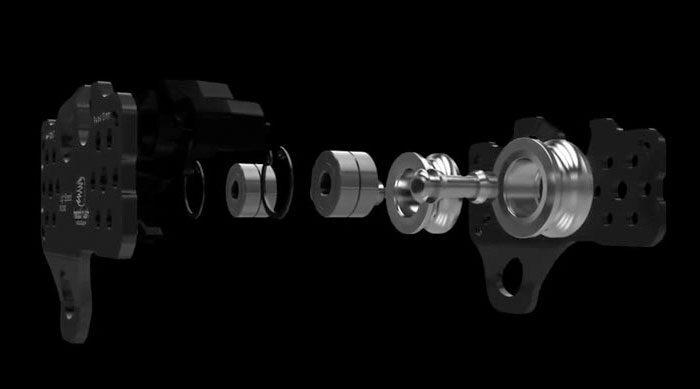
Why are zip line trolley bearings important?
Bearings are utilized inside the sheaves of zip line trolleys to allow the trolley to roll smoothly. (Sheaves are what some people refer to as zip line trolley wheels.) Zip line trolleys can achieve high speeds while traveling down a zip line, and that speed can cause a lot of friction and heat inside the sheaves. High-quality bearings reduce friction, which reduces heat and, as a result, results in less wear on the trolley over time.
Many trolleys’ bearings are the first to fail. Our EZ Clip and Micro Zip Line Trolleys include precision bearings because we wanted a more durable trolley with a longer lifespan. We could have done with only one bearing per sheave, but we went all out and put two within each sheave. This spreads the rider’s weight over four independent bearings, reducing the amount of work each bearing has to do and extending the life of each bearing. The bearings themselves are ABEC-rated high-performance bearings with a steel cage and a metal shield. We’ll go through each of these qualities and why they’re beneficial to our carts.
What are the different parts of a bearing?
This diagram shows the parts of a ball bearing similar to the bearings inside the EZ Clip Trolley and Micro Trolley. There is an inner race and an outer race, and these races will have grooves for the balls to roll along. The bearings inside our trolleys have 7 balls each. The balls are held between the races by a cage (also called a retainer) that maintains symmetrical spacing of the balls while allowing them to rotate freely. The final component is a shield that protects the internal pieces from contamination while helping hold in the lubricant that surrounds the balls.
One of the many components that make our bearings (and our trolleys) better is the cage. Other trolley bearings use a plastic cage, but our bearings have a steel cage. You can imagine the heat that is created inside the sheaves as a trolley rolls down the line at high speeds. This heat can quickly damage a plastic cage, but a steel cage is much more resilient to heat damage.
-
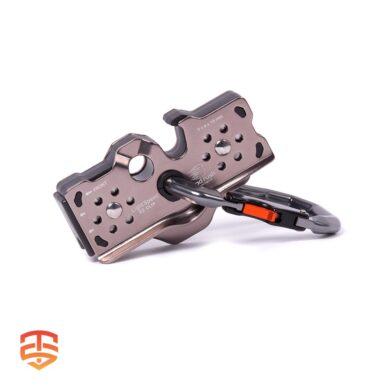 LightSpeed EZ Clip Trolley€ 204,00 – € 225,00 Ex VAT
LightSpeed EZ Clip Trolley€ 204,00 – € 225,00 Ex VAT -
 LightSpeed Micro Trolley€ 132,00 – € 152,00 Ex VAT
LightSpeed Micro Trolley€ 132,00 – € 152,00 Ex VAT -
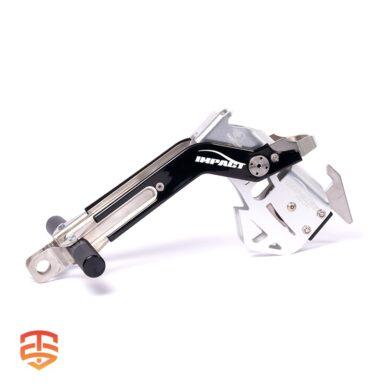 LightSpeed Impact Zip Line Trolley€ 199,00 – € 389,00 Ex VAT
LightSpeed Impact Zip Line Trolley€ 199,00 – € 389,00 Ex VAT
What does the ABEC rating mean?
High quality bearings may meet certain standards that allow them to earn an ABEC rating. The ABEC rating given to a bearing is a measure of the uniformity of the shape and surface of the bearing components. Bearings can be rated ABEC 1, 3, 5, 7, or 9, and the higher ratings represent lower tolerance for variation. The ABEC rating does not apply to factors such as material quality, load capabilities, lubricant, etc., so it is one measure of the quality of a bearing. Get more in-depth information on ABEC ratings and bearing tolerances.
Our engineers selected ABEC bearings for use in the EZ Clip and Micro Trolleys, and the bearings are made with high carbon steel from Japan. These bearings allow our zip line trolleys to be rated for running speeds up to 75 miles per hour. Even at high speeds, our trolleys will have a longer lifespan in large part because of the quality of the bearings.
What does it mean for a bearing to be shielded?
There is a cover that sits over the balls and cage of the bearings and between the two races. Sometimes that cover is made of rubber and fits snugly inside the opening. A snug fit is beneficial because it keeps out particulates and water, but it also creates friction where the rubber seal touches the rotating inner race. This makes it prone to wear out quickly if it overheats because rubber and heat are not friends.
The bearings inside the EZ Clip and Micro Trolleys feature metal shields that sit between the two races, but there is a tiny gap between the shield and the rotating inner race. That tiny gap removes a friction point, therefore reducing heat buildup and wear. A snug rubber seal may offer better protection initially, but the metal shield is much more resilient over time for better long-term protection of the internal bearing components.
Precision Bearings Make Better Trolleys
Bearings may be a small component in a zip line trolley, but they are extremely important to the lifespan of the trolley. We over engineered our EZ Clip and Micro Trolleys with four high performance bearings per trolley so they will last longer and increase ROI. Add an EZ Clip or a Micro Trolley into your zip line trolley fleet, and you’ll see the difference!
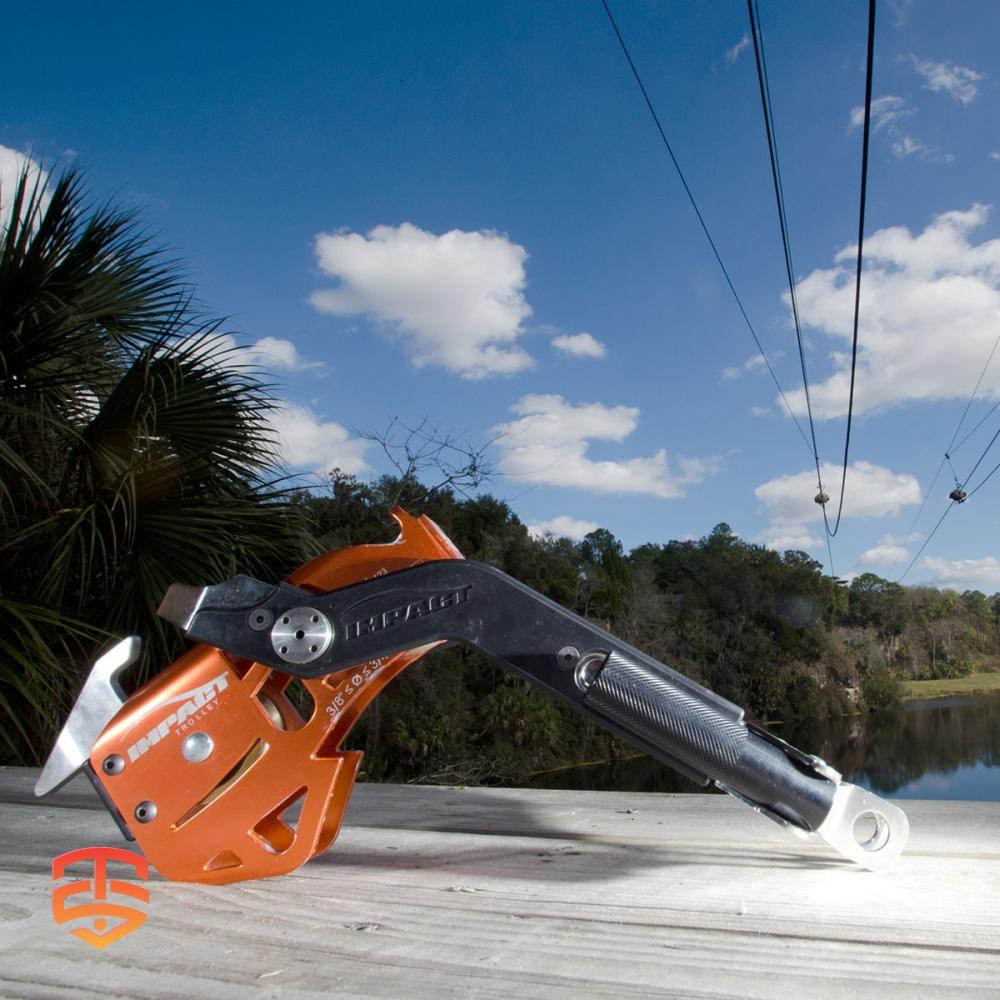
Zipline Trolleys
Our Zipline Trolleys are Designed for Zip Lines and Engineered for Durability
The Self-braking Magnetic Zipline Trolley solves the major safety issues around the controlled and safe braking situation at the end of high speed zip wire courses.
From the fully featured customizable Impact Trolley to the lightning fast one-handed install of the EZ Clip to the compact affordable Micro Trolley, we have a zip line trolley for you. Every trolley is equipped with premium high-speed bearings and optimized for smooth and consistent impact braking.
The ZipSpeed Trolley range caters for all kinds of zip lines from lightweight Clip’n’Zip trolleys for Zip Parks, right through to high-speed performance trolleys for super-fast lines!
Beyond the Basics: Unveiling Zipline Technology with Expert Analysis
Intrigued by the potential of Zipline technology? You’ve come to the right place! This article provides a solid foundation. But if you’re eager to delve deeper and gain insights from industry experts, keep reading…
- Zip Line Design: Components for a Complete System
- Considering operating and investing in a zipline?
- 9 Zipline Mistakes You Don’t Know You’re Making
- Magnetic Zipline Braking: A Revolutionary Way to Ensure Safe Rides
- Pros and Cons of Different Zip Line Brakes
- Expert Tips for Zip Line Brake Installations
- White Paper on Zipline Emergency Arrest Devices (EAD)
- The Importance of Optimizing Zip Line Design for Rider Speed
- Does your zip line need an emergency arrest device?
- The Magnetic Self-braking Zipline pulley
- Zipline Braking and landing considerations
- Why Zip Line Trolley Bearings Matter
- Whitepaper: Zipline Braking Dynamics
- Zip Line Installation: Give them the Best Ride
- How to startup a Successful Zip Line Business
-
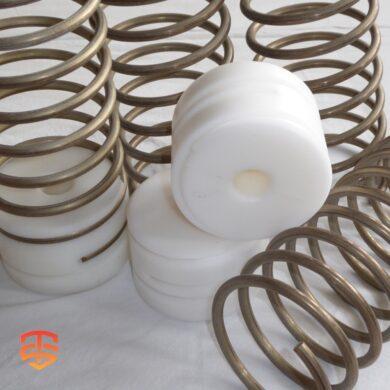 Spring Brake System | Primary & EAD zipline brake€ 80,00 Ex VAT
Spring Brake System | Primary & EAD zipline brake€ 80,00 Ex VAT -
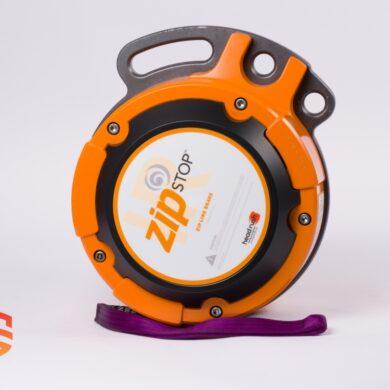 zipSTOP IR Zipline Brake | 24 – 60 kph€ 5.649,00 – € 5.799,00 Ex VAT
zipSTOP IR Zipline Brake | 24 – 60 kph€ 5.649,00 – € 5.799,00 Ex VAT -
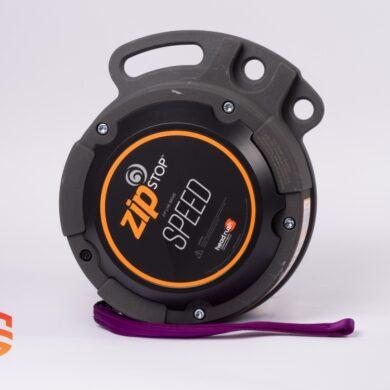 zipSTOP SPEED Zipline Brake | 50 – 72 kph€ 6.099,00 – € 6.349,00 Ex VAT
zipSTOP SPEED Zipline Brake | 50 – 72 kph€ 6.099,00 – € 6.349,00 Ex VAT







